Plants are usually in great shape when they are bought and planted. But what needs to be done to ensure that it stays that way and that growth does not get out of control?
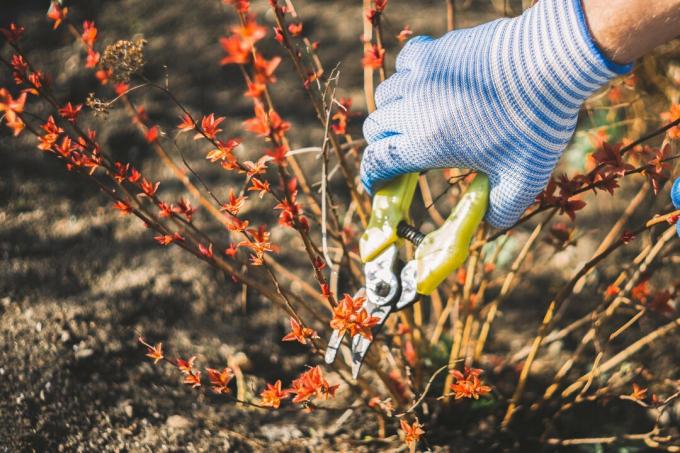
Some plants depend on our support and want to be cared for so that they remain beautiful in the garden over the long term. Unfortunately, a lot can be done wrong when cutting plants, which makes the plant resentful. And there is no patent solution for the right cut either. It is therefore important to think carefully about how best to cut the plant. We differentiate between the life forms of the plants and give tips for the right cut.
Prune plants correctly - depending on the life form
- Cut herbaceous perennials
Perennials are defined in such a way that they are herbaceous, i.e. not with woody plant parts, and can survive for several years. However, the above-ground parts of the plant die off annually towards winter. This is of course not nice and it makes sense to cut off the brown cabbage when winterizing the garden. But the lifeless parts of the plant can protect the perennial from frosty temperatures. In addition, the interfaces from the cut could serve as a gateway for frost to enter and thus provoke frost damage or even entire frost failures. So the best time to prune herbaceous perennial plants is early spring.

- Cutting grass
Ornamental grasses also turn brown in autumn and appear lifeless. But they shouldn't give way in autumn either. On the one hand, they still have an ornamental value in the otherwise bare, wintry garden even when they are overwintered. On the other hand, the frosty temperatures determine the point in time of the pruning. Interfaces make it easier for frost to penetrate the plant and cause damage there. However, grasses should always be cut back in spring so that they can sprout again as easily and unhindered as possible.
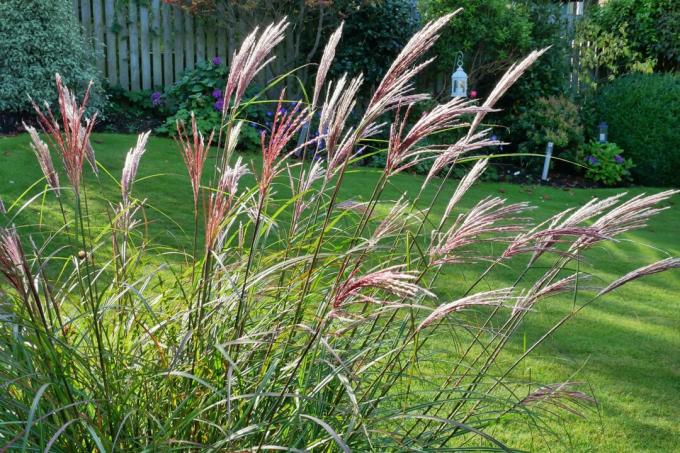
- Cut subshrubs
The way of life of the subshrubs plays a central role in your own garden. So are many herbs like lavender, rosemary or sage to include. These representatives are particularly prone to unsightly growth if they are not cut regularly. The shoots are long and not very branched, become increasingly lignified in the lower part and no longer have any leaves there - and the abundance of flowers also usually declines. An eye-catcher in the garden looks different. Before each new shoot of the subshrubs in early spring, they should therefore be cut back by a third to two thirds, depending on the degree of lignification. However, it is important that you do not cut back into the woody part. In this case, the new growth of the subshrub would no longer be possible or at least be significantly more difficult.

- Cut bushes
Shrubs also need to be pruned to keep them in shape. To make the right cut, you should know if and when the shrub will bloom. Members of this life form that bloom in spring can be pruned in summer without risk or loss. In the case of bushes that only show their beautiful bloom in the course of summer, this maintenance measure should be waited at least until autumn, or better until early spring just before the new shoots emerge.
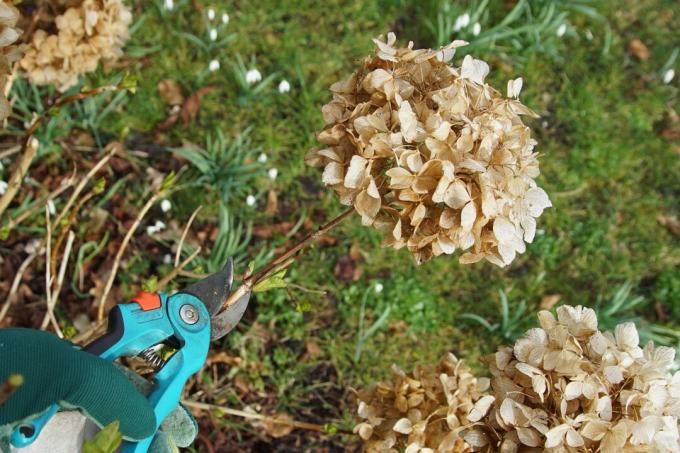
- Pruning fruit trees and other woody plants
Even the largest representatives in the garden, the trees, want to be pruned and kept in shape. Depending on what the desired shape of the tree looks like, the cuts must of course also be made accordingly. On the one hand, a so-called summer cut can be made. In the case of fruit trees in particular, however, it should also be clear that part of the harvest must be forfeited as a result. However, trees can also be shaped in winter or shortly before they sprout.
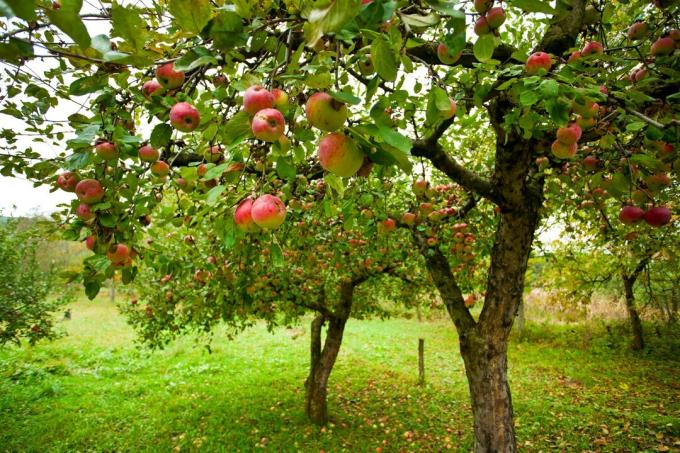
The perfect pruning of plants must therefore be adapted to the life form of the plant. In general, these shaping maintenance measures are more likely to be carried out on dry but not too hot days. High humidity or even rain makes it easier for fungi to penetrate through the cuts and become so dangerous for the plant.
The following products have proven themselves in our garden:
- Gardena secateurs: Secateurs with sharpened, non-stick coated knife and a bottom knife made of stainless steel as well as ergonomically shaped handles.
- Gardena hedge trimmer: Hedge trimmers with robust, durable knives and branch trimmers for individual, thicker branches.
- Gardena telescopic arm scissors: Practical secateurs for the mEffortless cutting of tall trees and dense shrubs from the ground.
- 39%
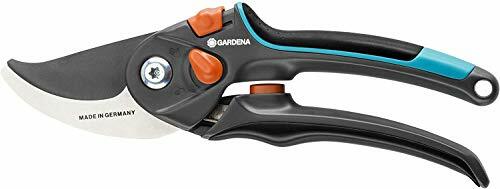
Gardena secateurs B / S-XL
32,99€19,95€
Details →

Gardena hedge trimmer CLASSIC 540
32,90€
Details →
- 34%
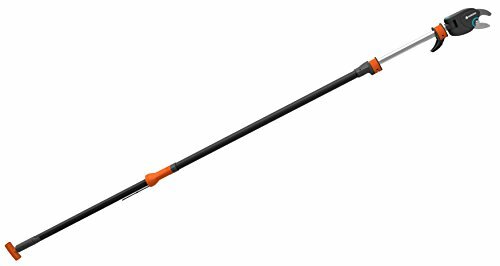
Gardena Telescope StarCut 410 plus
119,99€78,99€
Details →
Special thanks to the photographers: Swallowtail Garden Seeds, liz west, John Tann,Wanderbored, born1945, Mauroguanandi, Amaya & Laurent, Anna, Maja Dumat, Garden Grrrl, gardener41, Leonora (Ellie) Enking, yves Tennevin and Jenn Wurzbacher.



